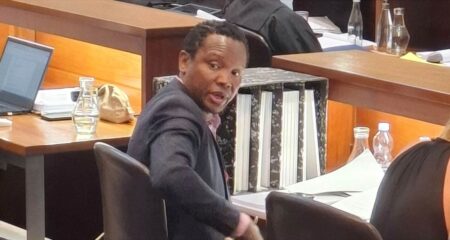
Vodacom has no plans to offer third-generation (3G) cellphone services in the 900MHz band, especially not in urban areas, because there is insufficient spectrum available.
The operator confirmed earlier this month that it is testing 3G on half a dozen rural base stations. But it says it will be impossible to offer these services in urban areas where demand for second-generation (2G) services remains high.
Vodacom Group CEO Pieter Uys says 3G at 900MHz requires at least 5MHz of bandwidth that is traditionally used for providing 2G — mainly voice — services. In urban centres, Vodacom can’t afford to free up 5MHz for 3G as it will have a negative impact on 2G customers, he says.
Uys’s comments come hard of the heels of plans by Cell C to migrate its 2G subscribers to the 1,8GHz band, in which it also has spectrum, in order to free up 900MHz for providing 3G with data speeds of up to 21Mbit/s.
The advantage of using 900MHz is that the signal carries over longer distances than higher-frequency 3G, requiring fewer base stations, especially outside the cities. Also, it penetrates buildings better, so in-building coverage is improved.
But Uys says “refarming” spectrum in this way is not easy. He thinks operators have underestimated the complexity involved. Also, there is a limited number of phones and modems able to use 900MHz 3G. “There are not even 1m customers supported on our network so far,” he says. Vodacom has about 26m customers in SA.
“We will not do it here in Sandton because we don’t have enough capacity to warrant doing it,” Uys says. “But, in time, as more devices support it, then maybe it will become feasible.”
Vodacom has no plans for a commercial roll-out yet, even in the rural areas where it is more feasible. “We are just using the test base stations to learn and play,” he says. — Duncan McLeod, TechCentral
- Subscribe to our free daily newsletter
- Follow us on Twitter or on Facebook




